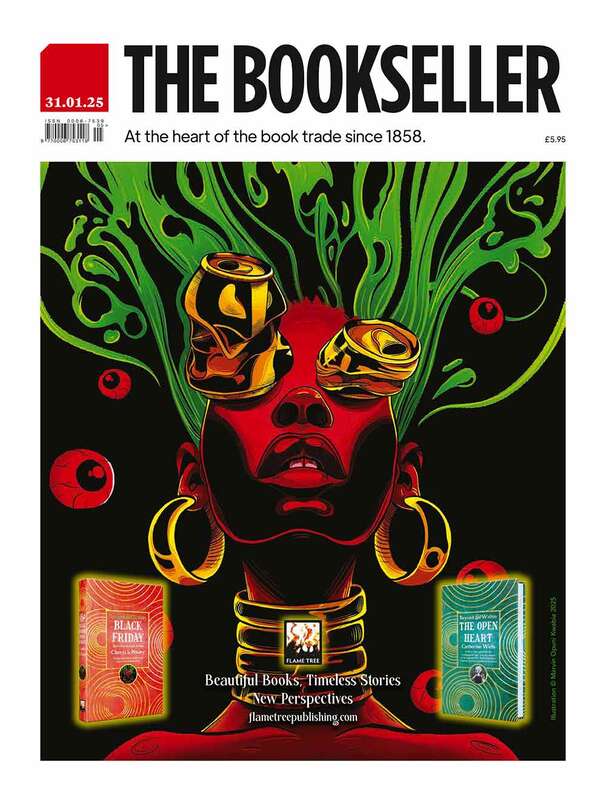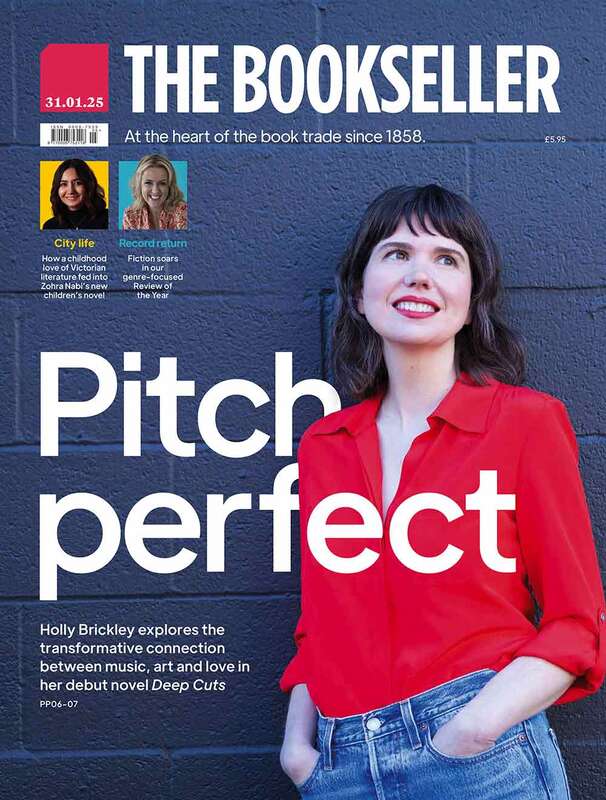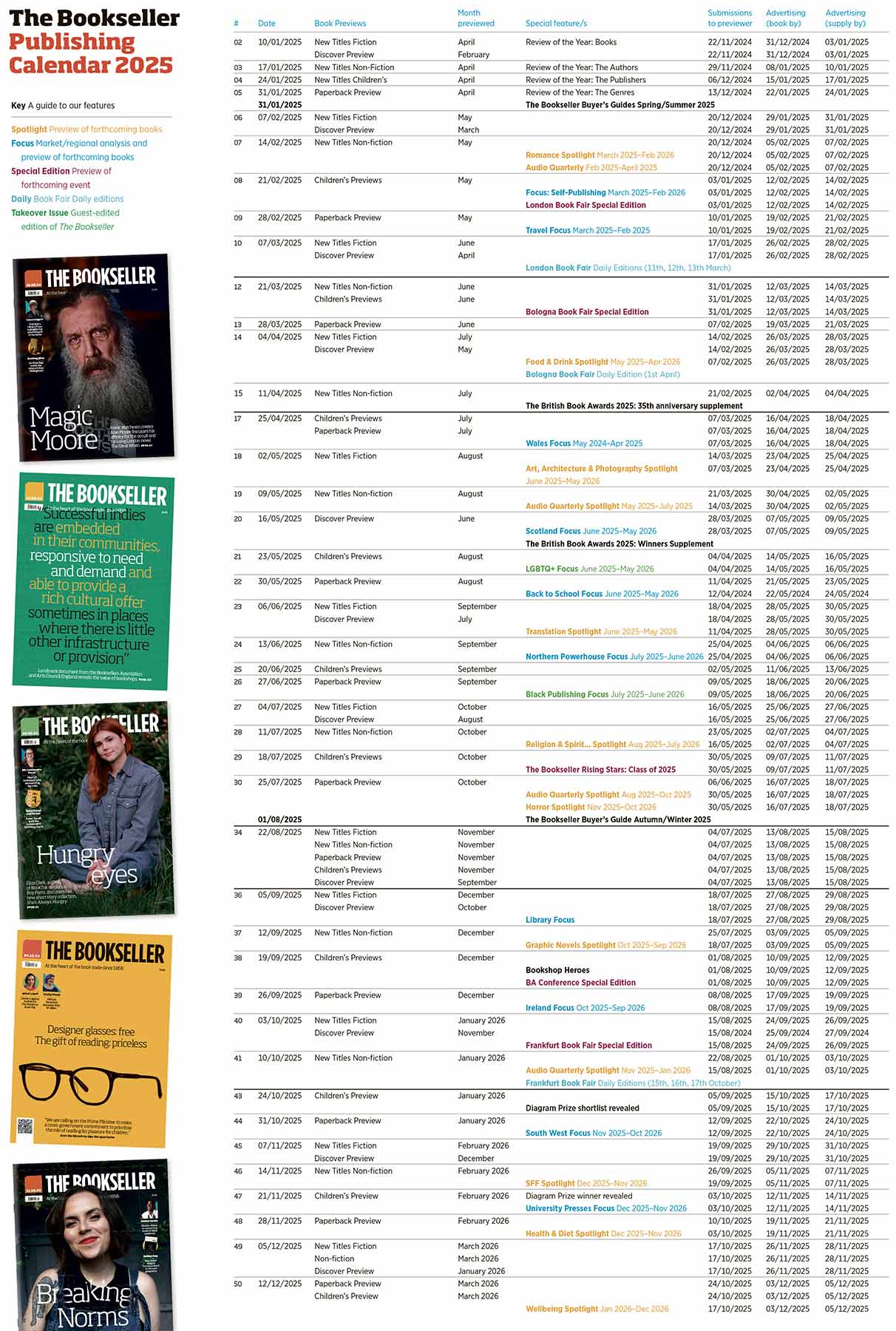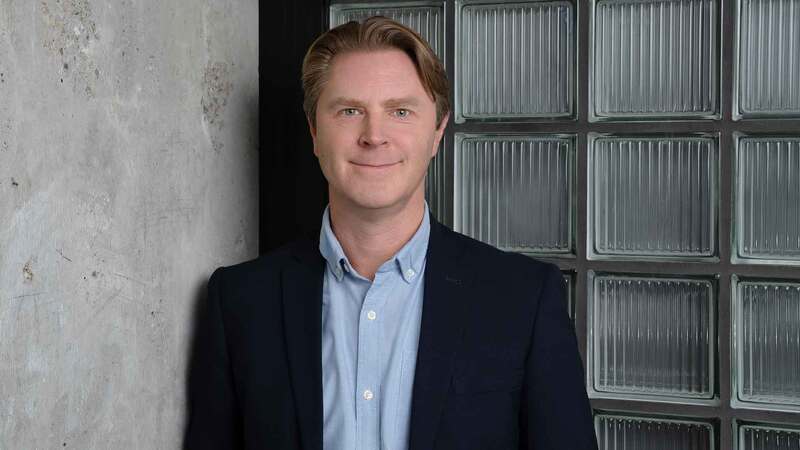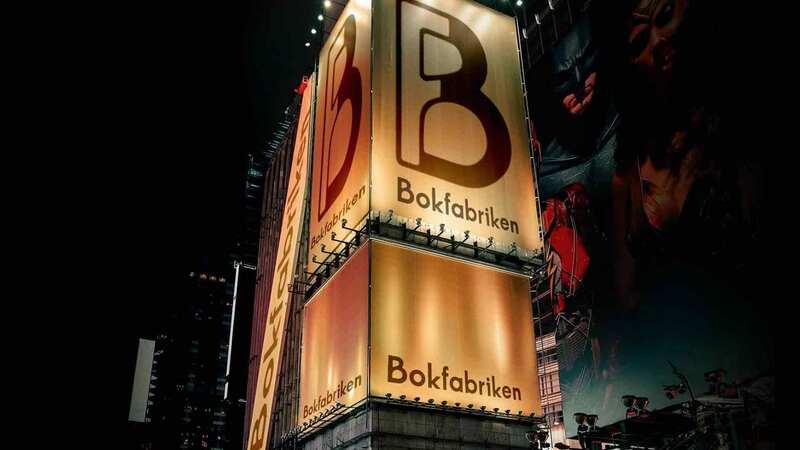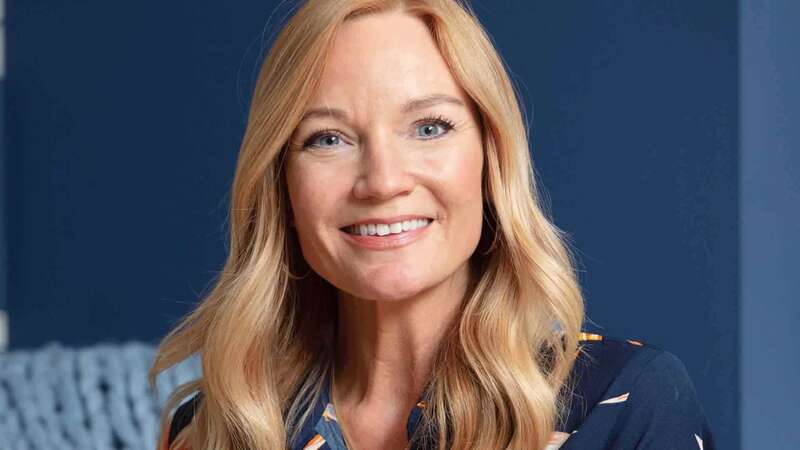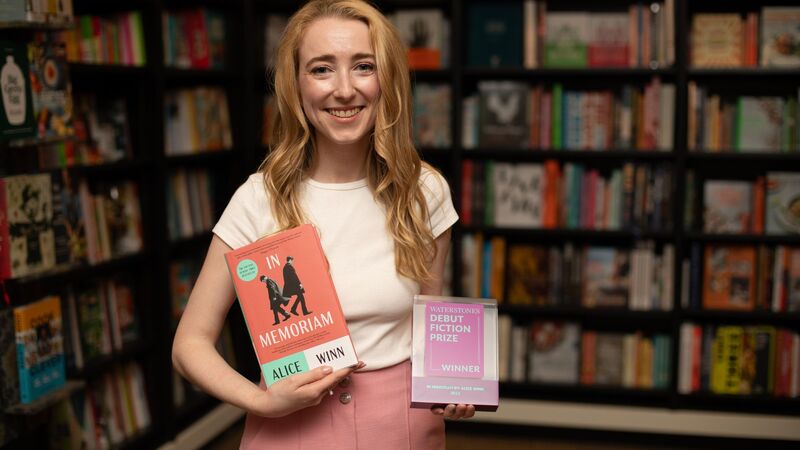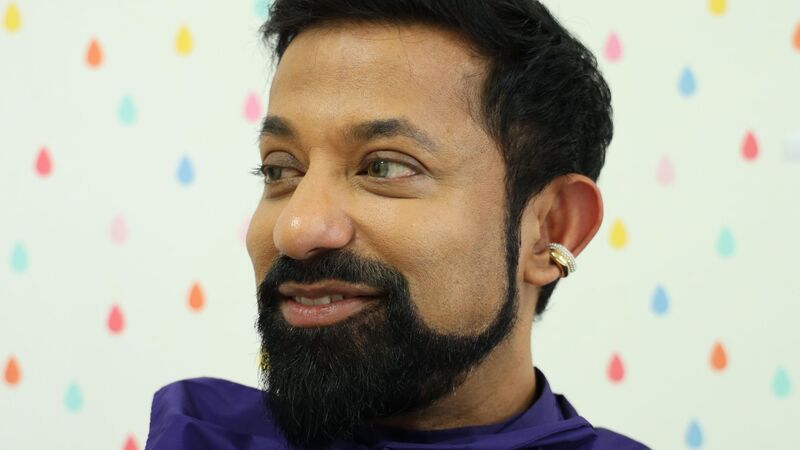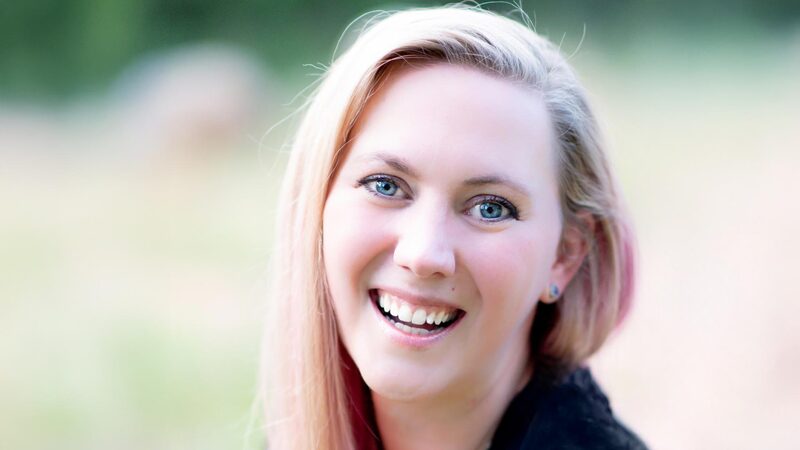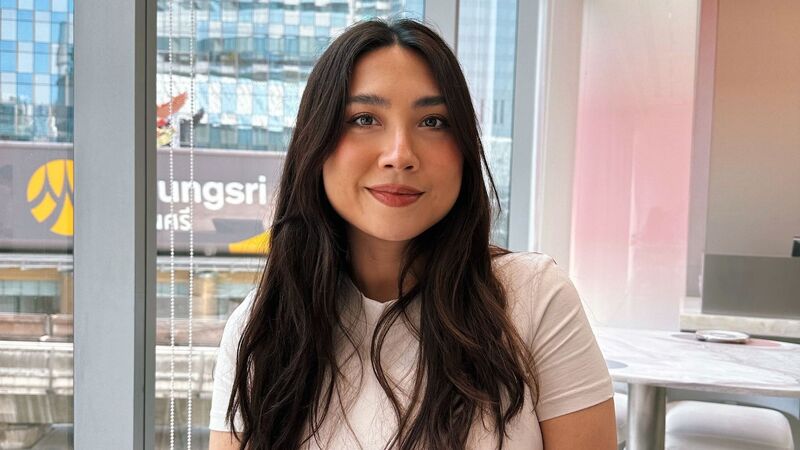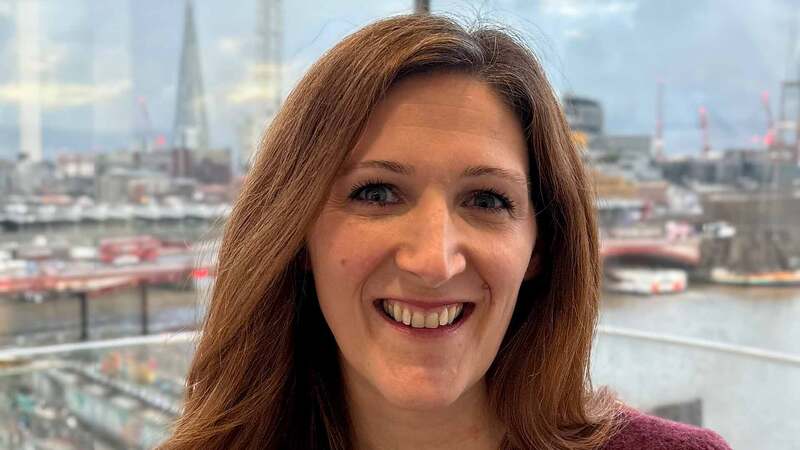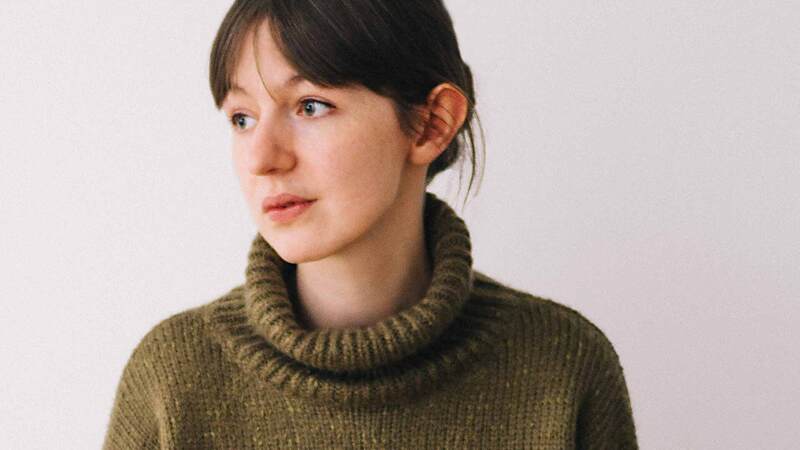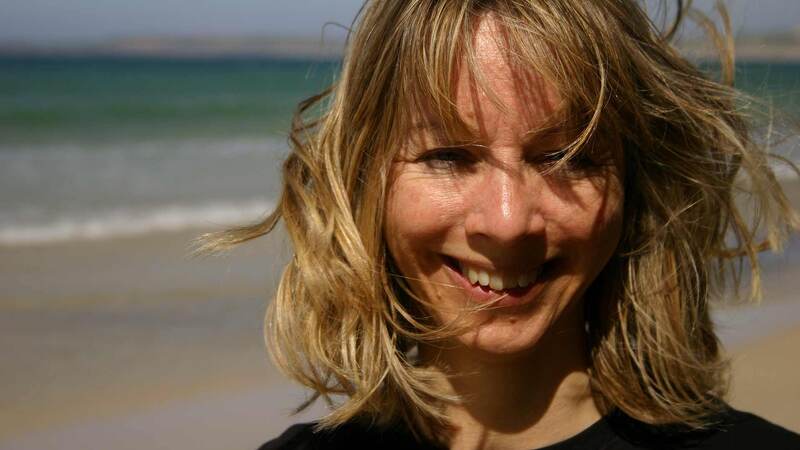You are viewing your 1 free article this month. Login to read more articles.
FutureBook 2012: Magic price point 'a fallacy'
Publishers should use price to show the value of their content, not just to drive sales, delegates heard at the discussion on “Pricing strategies”, chaired by Orb Entertainment m.d. Paul Rhodes.
Michael Tamblyn, e.v.p. of content, sales and marketing at Kobo, argued that pricing was “a living thing” and that it was encouraging to see publishers like HarperCollins employ people such as fellow panellist Eloy Sasot in the role of director of pricing and analytics, which showed how much the industry was changing.
Speaking about the best price for e-books, Tamblyn said: “It is a fallacy to think there is a magic price point. Really the case is that there is a magic price point for each title that we have. If you do not take that approach, you are either leaving money on the table, or walking away from readers.” He added that trying to price books according to the Amazon chart was like “trying to escape from wolves by covering yourself in bacon”.
Tamblyn expressed concern that publishers seemed to think the 99p price point was the best way of launching authors, when in actual fact, “what [Kobo] have found is that that price point attracts readers who only want to buy a book for 99p,” he said. Similarly, giving away free books only attracted “free-gans” (“people who like free books”) who are “remarkably resistant to marketing” and will never become “pay-gans”, Tamblyn said.
Orna Ross, author and founder of the Alliance of Independent Authors, said that indie authors were good at manipulating price to achieve sales, but agreed with Tamblyn that “there may be a magic price point, but nobody knows what it is”. However, she added: “The sweet spot seems to be $4.99 . . . To me, $0.99 is an abomination. I think that $0.99 devalues books in a way that free doesn’t.” Ross argued, in contrast to Tamblyn, that some readers would come back and pay more after first offering their book for free or for little money. “Self-published authors will start off selling their books at $1.99 and after two years move to $4.99 and if the readership will take it, move to $6.99,” she said.
Ross added: “We are very good at playing with price. We are like Bob Dylan, we are on a never ending tour—we can launch again and again. Every three months we have the opportunity to use the free strategy.”
Sasot said that pricing was very complex and involved understanding the complexity of the market worldwide. He said: “We have different business models for different publishers, across different forms, internationally and across different retailers.” He added: “Price is the best statement of value. By having a high price, readers can say: ‘wow, this is something valuable.’”

